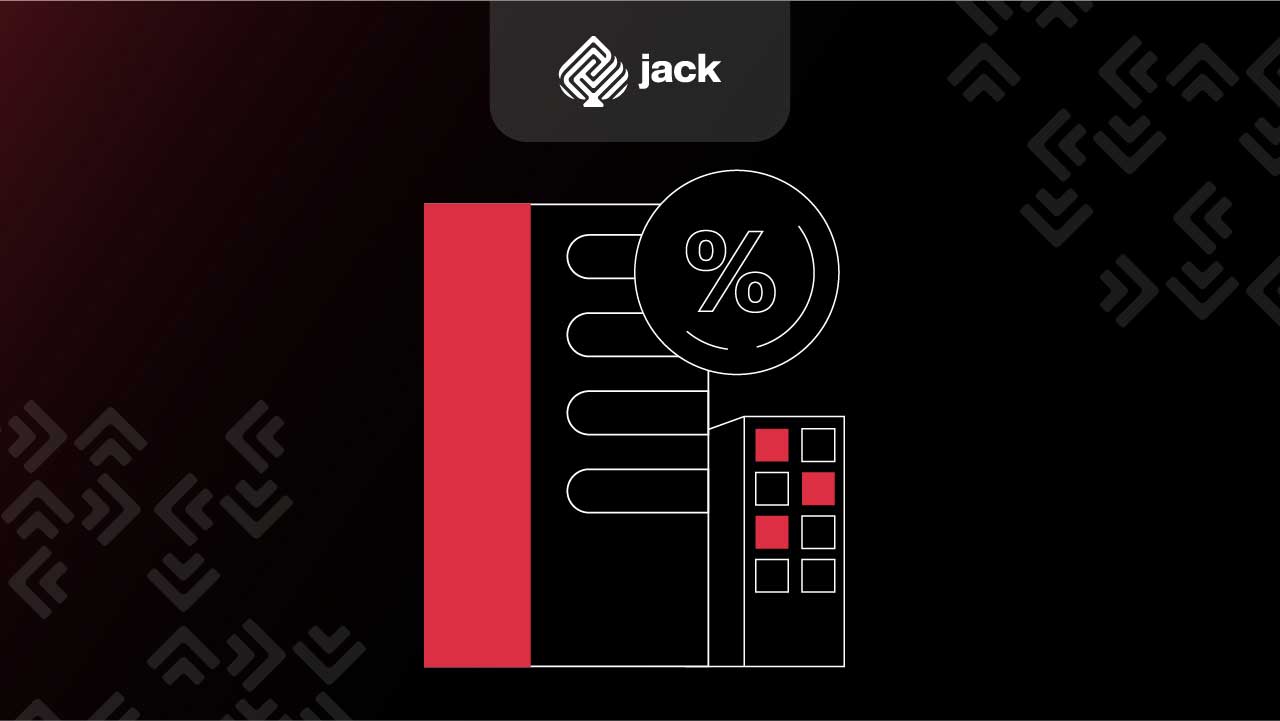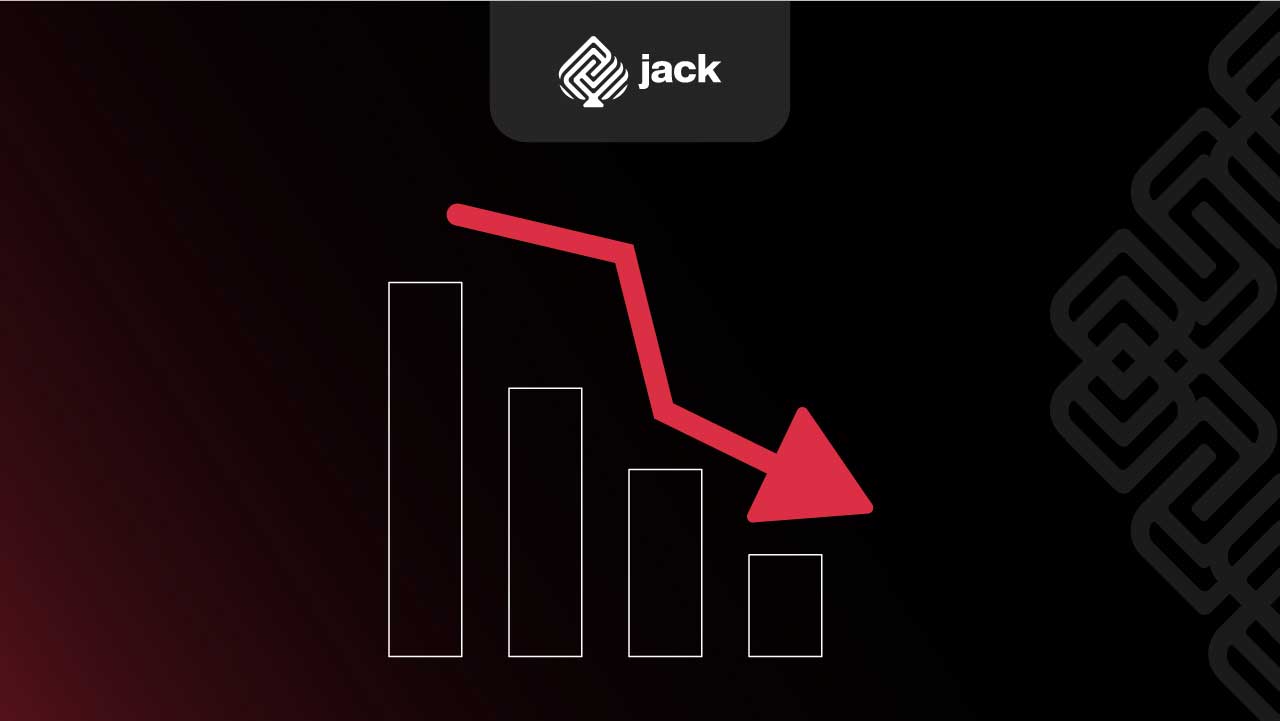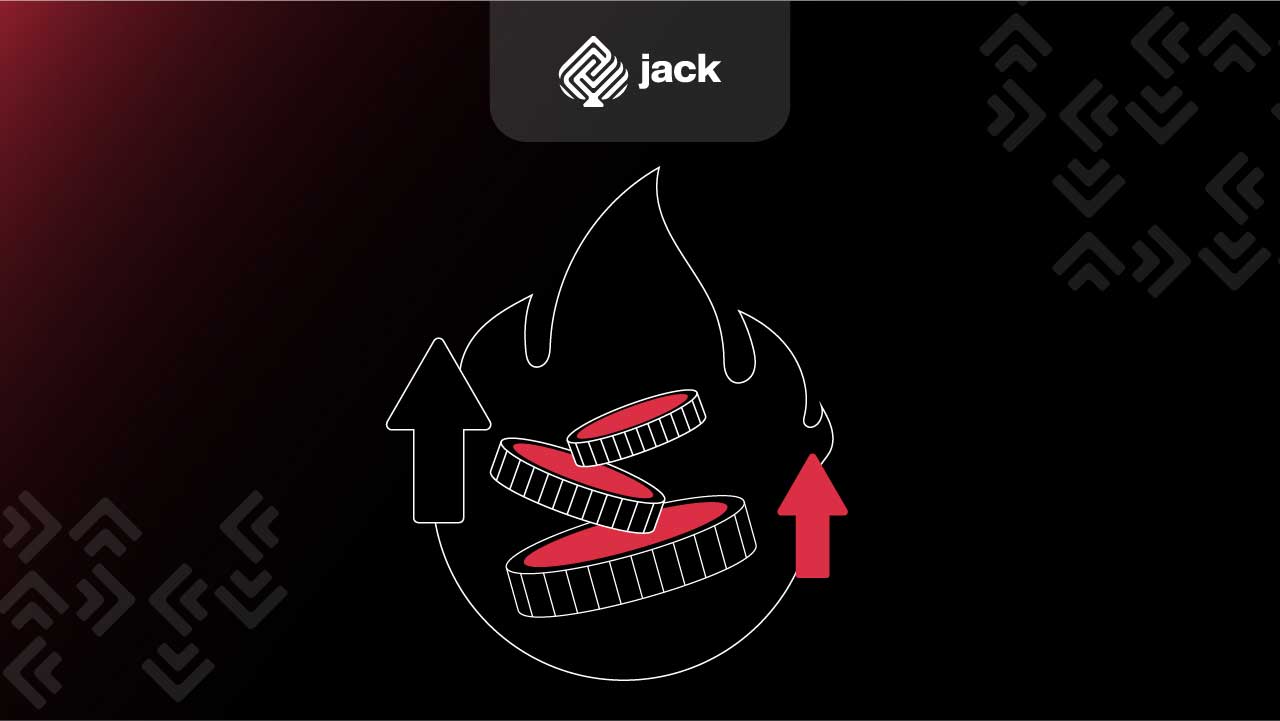CV tax is a vital aspect in managing the finances of a Commanditaire Vennootschap (CV). To effectively understand how to manage this, it is necessary to comprehend the definition and types of these tax obligations.
Additionally, an explanation is required on how CV tax differs from other types of business taxes.
Types of CV Tax Obligations

1. Income Tax
This tax is imposed on the net profit generated by the CV. The amount of income tax depends on the profit achieved after considering various factors recognized by tax laws.
2. Value-Added Tax (VAT)
VAT is imposed on transactions involving the sale and purchase of goods and services. CVs engaged in commercial activities must understand how to manage VAT correctly to avoid violating tax regulations.
Differences in CV Tax Compared to Other Business Taxes

CV tax has its own characteristics that distinguish it from other types of business taxes. One major difference is the structure of partners within the CV, consisting of active and passive partners. This can impact the calculation and fulfillment of tax obligations, considering that net profit and tax responsibilities may differ between active and passive partners.
Unlike individual taxes, CV tax is separate and focused on the business activities of the entity. This corporate tax is not influenced by the personal aspects of partners but emphasizes business profits and transactions conducted by the CV.
CV also differs from the tax of a limited liability company (PT) in terms of ownership structure and tax responsibilities. In a CV, tax responsibilities can be divided according to the agreement between active and passive partners, whereas in a PT, shareholders generally have more uniform tax responsibilities.
A strong introduction to the basics of CV tax, including types of tax obligations and differences from other types of business taxes, will provide a solid foundation for effective tax management within the company. Next, we will explore practical steps to ensure compliance and efficiency in managing CV taxes.
CV Tax Structure

Understanding the details of the CV tax structure is important for effective tax obligation management. The CV tax structure includes several aspects, such as net profit, active and passive partners, and various other variables.
CV income tax is calculated based on the net profit generated by the company. This profit is then divided between active and passive partners according to the existing agreement. The CV income tax rate can vary depending on the amount of profit and applicable tax regulations. Therefore, a deep understanding of these regulations is crucial.
CV tax is also related to VAT, which is imposed on transactions involving the sale and purchase of goods and services. VAT rates are usually determined by the government and must be calculated and remitted by the CV according to the transactions conducted.
See Tutorial Account Verification Jack
Impact of CV Business Structure on Tax Obligations

The CV business structure can directly impact tax obligations. For example, the choice of active and passive partner structure can affect how net profit is divided, and therefore, the extent to which income tax is applied to each partner.
In a CV, active partners may have greater tax responsibilities than passive partners, depending on the agreed-upon profit distribution. This allows flexibility in tax obligation management according to the role and contribution of each partner.
A good understanding of the CV business structure also allows for designing tax-efficient strategies. By leveraging favorable tax regulations and minimizing tax impacts, CVs can achieve maximum efficiency in managing their tax obligations.
Changes in business structure, such as adding new partners or changes in profit distribution, can have a significant impact on CV tax obligations. Therefore, any changes in business structure should be carefully analyzed to understand their implications for taxation.
Financial decisions in a CV, such as profit distribution or investments, can also have a direct impact on tax obligations. Wise management of the business structure can help CVs optimize financial decisions and minimize unnecessary tax burdens.
Tax Reduction for CV

Optimizing tax reduction is one of the keys to success in CV tax management. By employing the right strategies, CVs can legally and efficiently reduce their tax burdens. Here are some strategies that can be adopted to achieve optimal tax reduction:
1. Utilizing Tax Incentives
Conduct thorough research on tax incentives that may be available to CVs. Many countries encourage investment in specific sectors by providing tax benefits. Utilizing these incentives can significantly reduce tax burdens.
2. Loss Management
If a CV incurs losses in a particular period, these fiscal losses can be accumulated and used to reduce taxable income in the future. A good understanding of regulations related to fiscal losses is essential in this strategy.
3. Optimizing Tax Structure
Reevaluate the CV tax structure and ensure that the company takes advantage of all allowable deductions. For example, choosing the method of calculating income tax or utilizing amortization can be effective strategies.
4. Investment Management
Smart investment choices can have a direct impact on tax obligations. Some investments may qualify for favorable tax treatment, such as tax credits or better amortization treatment.
5. Utilizing Tax Elimination
Some countries offer tax elimination policies for specific types of businesses or projects. CVs can take advantage of these policies by planning their business activities accordingly.
Use Jack for your business needs
CV tax, as an integral element in business management, requires a careful and informed approach. By understanding the tax structure, optimizing tax reduction, and employing strategies to enhance liquidity, CVs can achieve the desired tax compliance and efficiency. Continue to follow this guide, and you will have a strong foundation for successfully managing your CV taxes.






